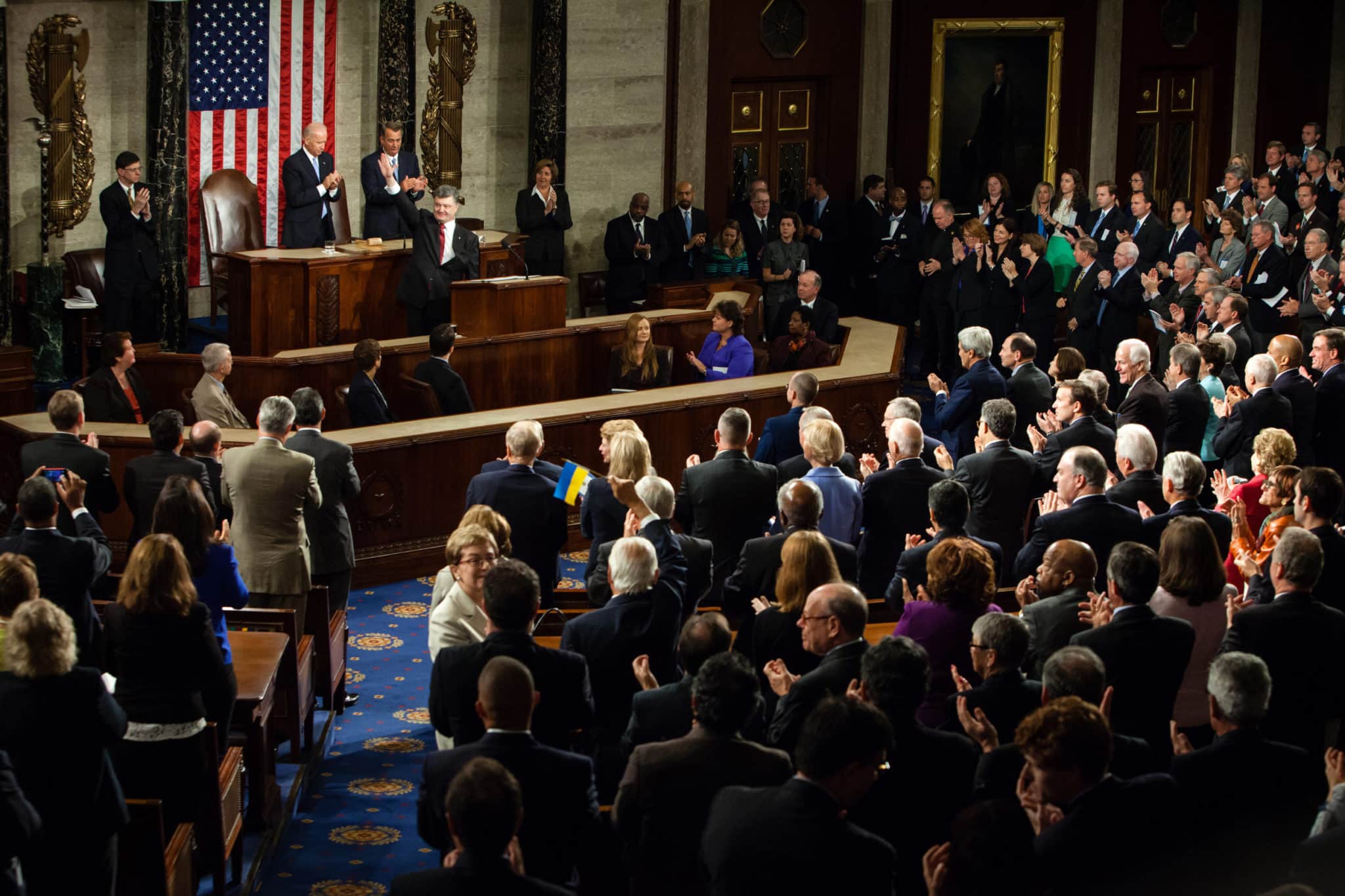
What is a filibuster? Why are they permitted in the Senate but not the House? Can you do anything to stop one?
I have heard the practice of “talking a bill to death” in the Senate referred to as a filibuster. What exactly is a filibuster? Why do they happen only in the Senate? What ist the purpose of allowing them? Can one Senator actually stop the entire Senate through a filibuster or is there something that can be done to bring one to an end?
The word filibuster comes from the Spanish word filibusteros; a term used to describe pirates that plundered in the seventeenth century. In the United States, the word eventually became synonymous with rebels and insurrectionists, a perfect term to describe a technique used by rebellious senators looking for ways to hold up legislation.
A classic anecdote has Thomas Jefferson asking George Washington about the purpose of the Senate. Washington responded with a question, “Why did you pour that coffee into your saucer?” “To cool it,” Jefferson replied. To which Washington said; “Even so, we pour legislation into the senatorial saucer to cool it.” The framers of the Constitution intended the Senate to cool legislation by being a more deliberative body than the House. It was smaller, members were older, Senators were elected for longer terms, and elections were staggered and decided by state legislatures.
The House of Representatives has a Rules Committee that places a limit on debate when a bill goes to the floor. The Senate has no such committee. As a result, a bill is informally scheduled to come up on the Senate floor where debate can be endless. A filibuster occurs when a Senator engaged in debate refuses to yield the floor and thus prevents a roll call vote from taking place. The image of a Senator standing his ground on the Senate floor is epitomized by Jimmy Stewart with his performance in Mr. Smith Goes to Washington. Filibusters provide a minority of Senators a way to make their voices heard.
Filibusters also give a tremendous amount of power to individual Senators. Senators have used the filibuster, or the threat to filibuster in order to maximize their leverage with the President or other Senators. In 1985, Oklahoma Senator David Boren held up Edwin Meese’s confirmation vote as Reagan’s Attorney General until Reagan agreed to sign an emergency farm relief bill.
South Carolina Senator Strom Thurmond holds the record for the longest speech in the history of the Senate. During debate on the Civil Rights Act of 1957, he spoke for a total of twenty-four hours and eighteen minutes. His stamina has served him well, at the age of ninety-seven, he is currently the oldest serving member in the United States Senate.
Filibustering has become much more common in recent years. Roughly two-thirds of all filibusters in the Senate’s history have taken place in the last thirty years. Filibusters where frequently used to stop civil rights legislation from passing in the 1950s and 1960s. Since then however, filibusters have been employed to stall bills of all types. This has led some to argue that filibustering has been trivialized.
A filibuster can take place at several stages during the legislative process in the Senate. Before a bill is even introduced, a senator can place an anonymous hold on a bill through the majority or minority leaders. A hold is simply a threat to stage a filibuster if the bill comes up for a vote. A motion to bring up a bill can be filibustered. Amendments to a bill can be filibustered. Appointments to conference committees with House members to consider the bill can be filibustered. Conference committee reports on the bill can be filibustered.
How can a filibuster be stopped?
A filibuster can be stopped when the Senate invokes cloture. This can be an arduous task in and of itself. To invoke cloture, a Senator needs to do the following:
- Wait two days after a filibuster begins.
- Obtain sixteen signatures on a motion to invoke cloture.
- Wait another two days before the Senate can vote on cloture.
- Make sure that three-fifths of the Senate (sixty Senators) vote to end debate.
- Endure and additional thirty hours of debate before the final roll call vote.
Obtaining cloture is not necessarily a guarantee that the filibuster will be over. Some Senators have discovered loopholes that can still impede the legislative process. In the spring of 1976, Senators James Allen (D, Alabama) and Roman Hruska (R, Nebraska) developed a way to “filibuster by amendment” on an antitrust bill. Under Senate rules, pending germane amendments can be considered after cloture has been invoked. Allen and Hruska simply ensured that numerous amendments were offered. Since each amendment requires a roll-call vote lasting fifteen minutes or more, the two senators were able to tie the Senate up. After seventy separate roll-call votes, it became clear that no end was in sight. The bill’s sponsors finally agreed to support an amendment proposed by Allen and Hruska.
Many Senators have proposed changes to minimize the effect of a filibuster. The last significant reform was adopted in 1975 when the Senate voted to change the required number of votes needed to invoke cloture. Prior to this date, two-thirds of the Senate, or sixty-seven votes were needed. Under the 1975 rule, this number was changed to three-fifths, or sixty senators. Some recent proposals include limiting the filibuster to one time per bill, further reducing the number of votes to invoke cloture, and limiting the amount of time for debate once cloture has been invoked.
Opponents to reform efforts argue that they will damage the Senate’s ability to be a more deliberative chamber. They also contend that reforms would come as a disadvantage to those in the minority who want to make their voices heard.
Whatever the outcome may be, it is clear that the filibuster has been a tradition in the Senate for many years. It is one of the most distinctive differences between the Senate and the House and will always have some place for better or for worse in the legislative process.
Contributing Author, Shad Satterthwaite, Ph.D., University of Oklahoma





